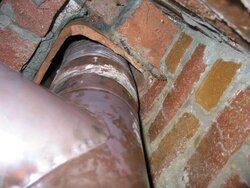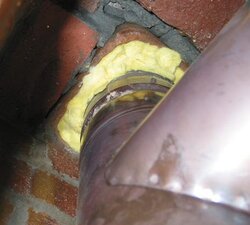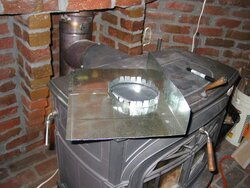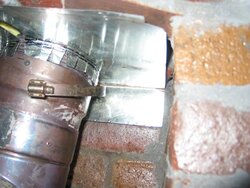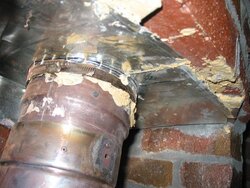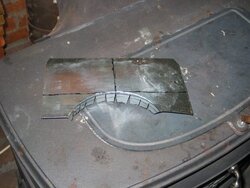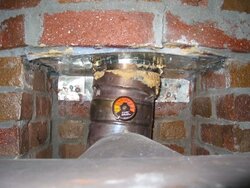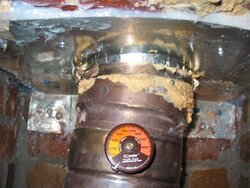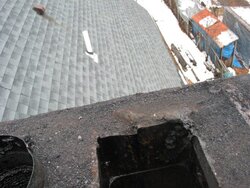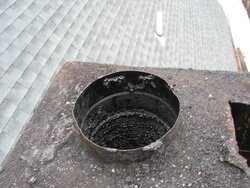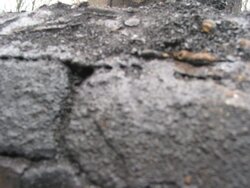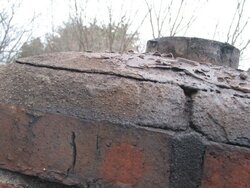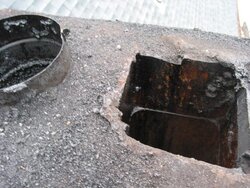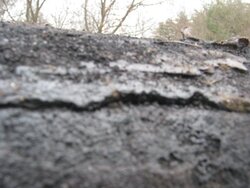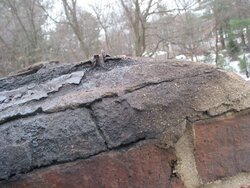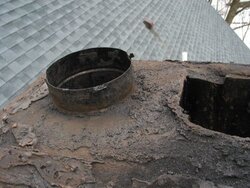Bigg_Redd
Minister of Fire
Gooserider said:Well, have had the VC Encore that replaced our old smoke dragon for a couple years now, and while I'm probably burning less wood, I can't say that it was as much of an improvement as I was hoping... It also has not done as good a job of keeping the chimney clean as I would have hoped...
Both last year and this year, when I cleaned after one winters burning, probably about 5 cords of mixed hardwoods, mostly well seasoned (HF moisture meter typically showed about 16%) I got enough creosote out of the chimney to mostly fill my 16 gallon shop vac.... Probably at least 60-80% was in the top 10 feet of my 25' chimney, which is the part that sticks out of the roof. This last part was so bad that initially I could not get my 6" poly brush up through the liner, I had to get a second 6" steel brush and trim the bristles on it down to a cone shape about 3" on the top and 5.5" on the bottom. After running that through (with difficulty) a couple of times, I could then get the poly brush through. (again with difficulty)
I'm sure I would benefit from trying to insulate the liner, but I'm not sure how - the chimney is clay tile lined with 8x8 tiles, and barely has room for the 6" SS flex liner. (How long do flex liners last anyway, this one is at least 15 years old, and I strongly suspect is original to the ~30 yr old house - but has only gotten heavy use for the last 3-4 years) Certainly it doesn't have room for a blanket liner, and I don't know if I'd even be able to do poured insulation unless it was really thin stuff...
However right now my main question is what, if anything I should do with the several gallons of black crunchy type creosote that I've got in the shop vac? It's supposedly unburned fuel, can I "reburn" it by adding small amounts at a time to the stove and get my heat back out of it?
If that doesn't work, does it have any value as fertilizer / compost material in the vegetable garden?
Any other practical uses, or should I just put it out for the trash guys to deal with?
Gooserider
Yes.



